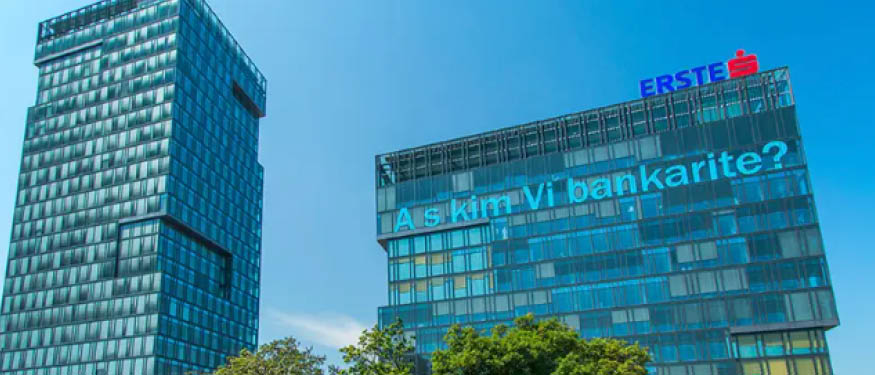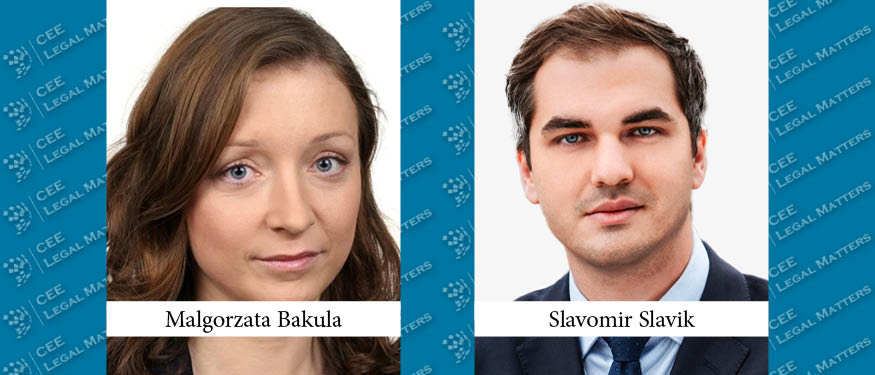Currently, the Croatian AML Act (Official Gazette no. 108/2007, 39/2019, 151/2022) uses the term “virtual assets,” while the Markets in Crypto-Assets Regulation (MiCA) (EU Regulation 2023/1114), along with subsequent Implementing Act for MiCA (Official Gazette no. 85/2024) adopted by Croatian Parliament in July 2024), uses the term “crypto-assets.” Clearly governing the same, the terms used are similar, but slight nuances persist in definitions. Yet, inconsistency of legal terms should be avoided to prevent misinterpretation and confusion in legal applications.
MiCA was unanimously welcomed by prominent Croatian financial and legal commentators as the first globally significant comprehensive framework for crypto-assets for taking best practices already found in financial market regulations and applying them to the crypto industry. However, it is exactly these “best practices” in response to various money laundering and tax avoidance schemes that plague the current financial system. This may impede, delay, or even prevent certain innovations available through blockchain technology. MiCA is, perhaps justifiably, a conservative approach to an innovative industry. However, its burdensome requirements, stringent authorization requirements, and complex and costly compliance demands combined with the lack of established guidelines may deter entrepreneurs in Croatia, as locally available capital is limited for startups.
Nevertheless, MiCA’s framework is a European one and provides a unique opportunity for Croatia if it is willing to take an active, constructive approach to supporting domestic companies. Globally, adoption rates of crypto-assets have largely been driven by either a desire to preserve capital or a need to mitigate the devaluation of money and labor. While neither truly applies in Croatia, due to its small size and the Croatian Financial Services Supervisory Agency’s (HANFA) cautious but positive approach, Croatia may be in a better position than larger EU countries to take a lead in interpreting and applying MiCA’s concepts and standards. For Croatia, this provides an opportunity to counter broader negative trends of declining population. The strategic decision to use MiCA as a capital-attracting political tool may prove invaluable for capturing the lion’s share of the forthcoming capital investments in the crypto industry over the next decade. An active pro-crypto stance may position Croatia well in the EU and on the global crypto policy level and it may provide tangible benefits to its citizens, expand potential tax revenue streams, and create an innovation-friendly business environment. However, choosing to become an early adopter state will require more active internal political discussions.
Despite some media reporting on the “widespread adoption of crypto in Croatia,” there is a general lack of understanding of basic relevant concepts. Paradoxically, the adoption of crypto-assets as alternative financial instruments in Croatia is less likely precisely because Croatia has a relatively developed financial and banking system, well integrated into the EU and global financial markets. Most Croatians with any significant investments are mostly older (over 45) and generally are quite skeptical of crypto. With the constant devaluation of the official currency, younger people find it increasingly difficult to save or invest (most notably in real estate, which has been, by far, the most popular traditional way to invest). As a result, younger generations are more inclined to explore the crypto space and its potential applications beyond finance.
The current legal framework enables crypto-asset service providers (CASPs) already operating in Croatia to continue their services and may receive preferential treatment in the transitional period until June 2026 over new entrants, who must comply fully with MiCA’s stringent requirements. Whether the HANFA and to a more limited extent the Croatian National Bank (HNB) will try to level the playing field is yet to be determined. As per the Croatian AML Act, the HANFA currently maintains a register of virtual assets service providers where currently there are eight entities registered, with another 11 awaiting registration. It is exciting to see such strong interest in crypto-assets despite significant administrative requirements and fines prescribed for violations by the Croatian AML Act, with even bigger fines (up to EUR 5 million or 5% of annual revenue) prescribed by MiCA. However, as worldwide traditional financial entities are increasingly realizing that crypto-assets are not a passing fad, it seems only a matter of time until incumbent Croatian financial heavyweights take the main stage in the local crypto industry.
Finally, the speed with which the HANFA and the HNB adopt a number of technical regulations clarifying the legal landscape for CASPs will be critical. Laudably, the HANFA exhibits a positive attitude toward the crypto industry and provides hope for a national support framework for entrepreneurs to be positioned to serve customers in the entire EU. Whether the Croatian government recognizes the potential of its crypto-assets policy remains to be seen.
By Ivan Simac, Partner, Halle & Simac
This article was originally published in Issue 11.11 of the CEE Legal Matters Magazine. If you would like to receive a hard copy of the magazine, you can subscribe here.
















